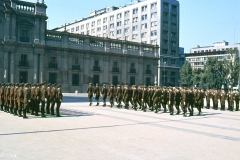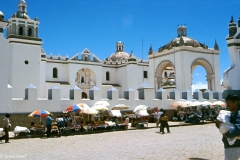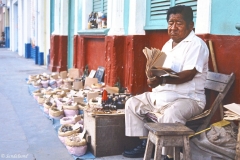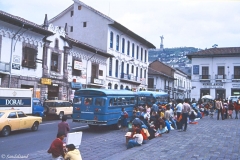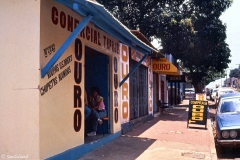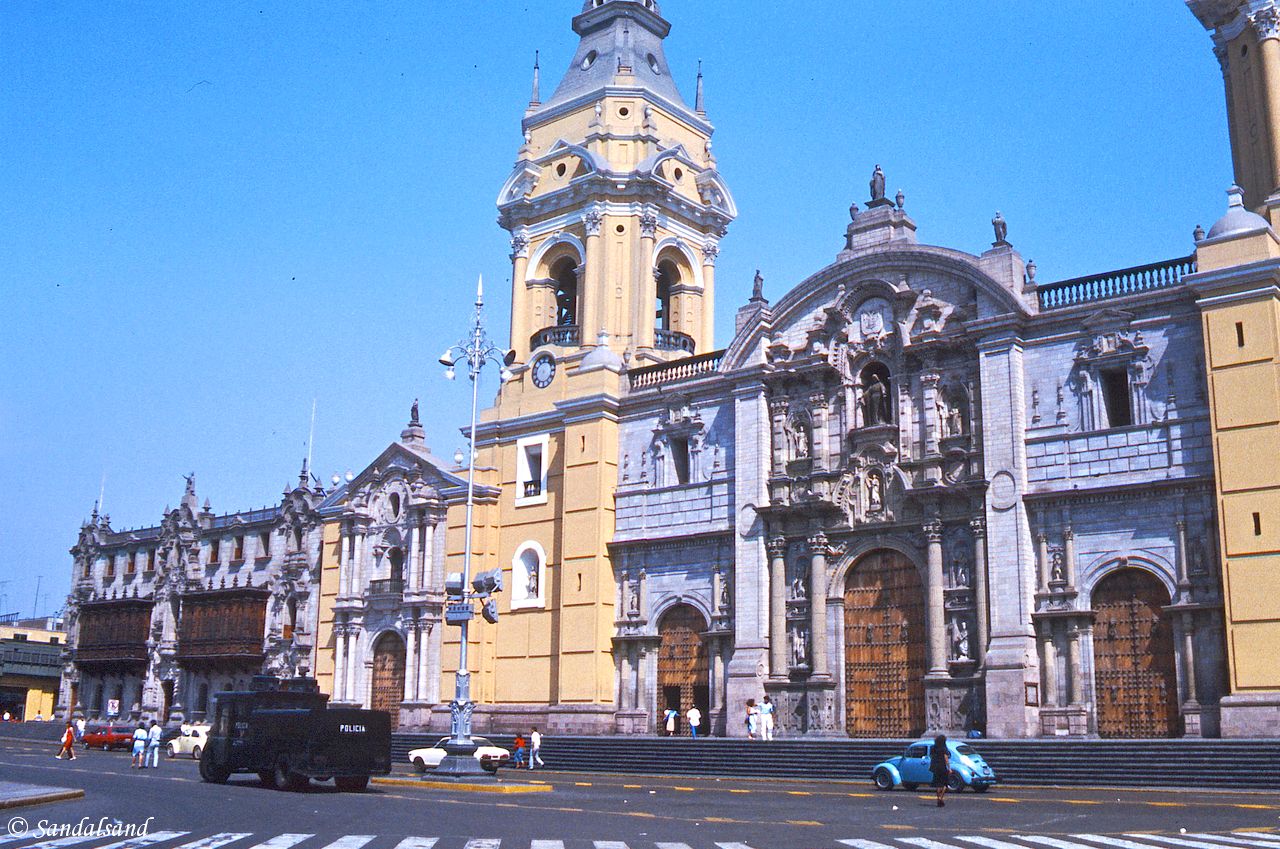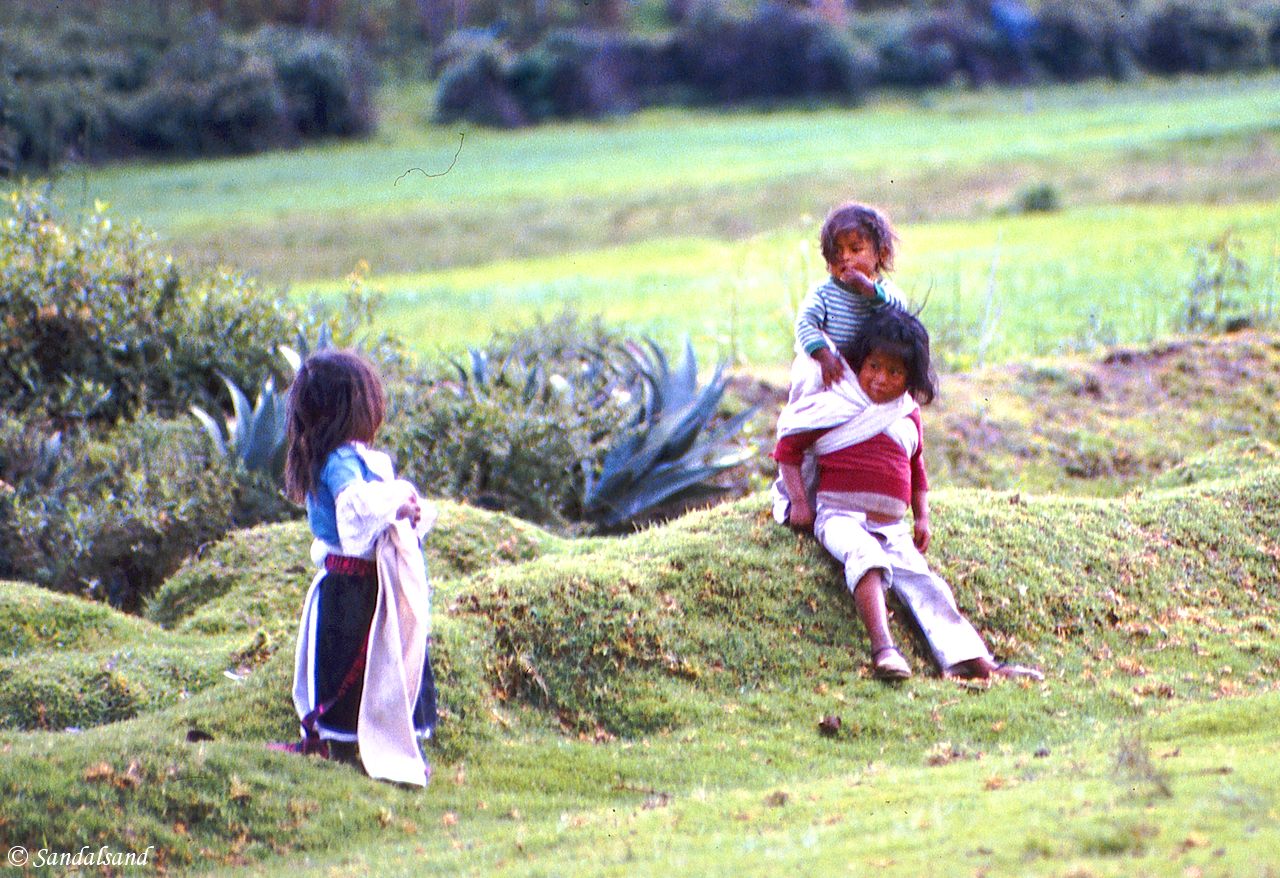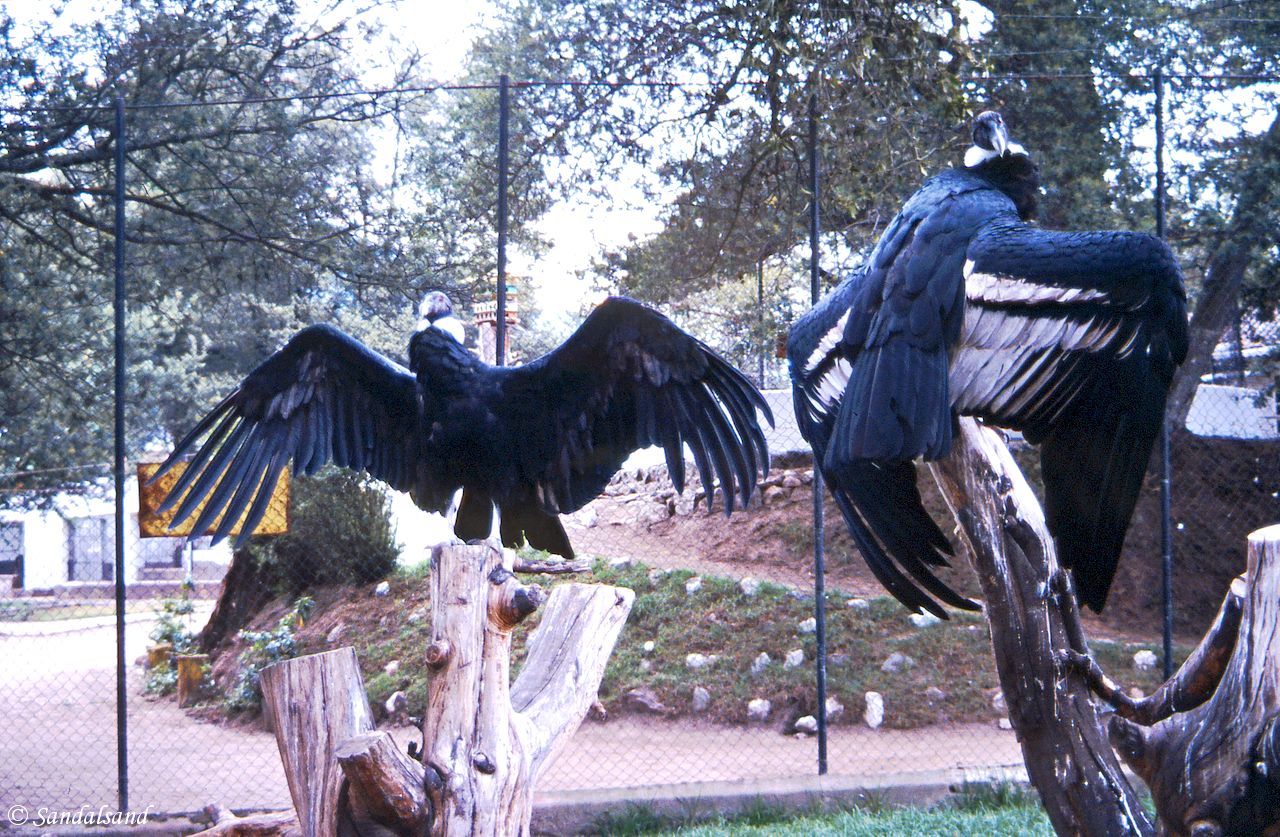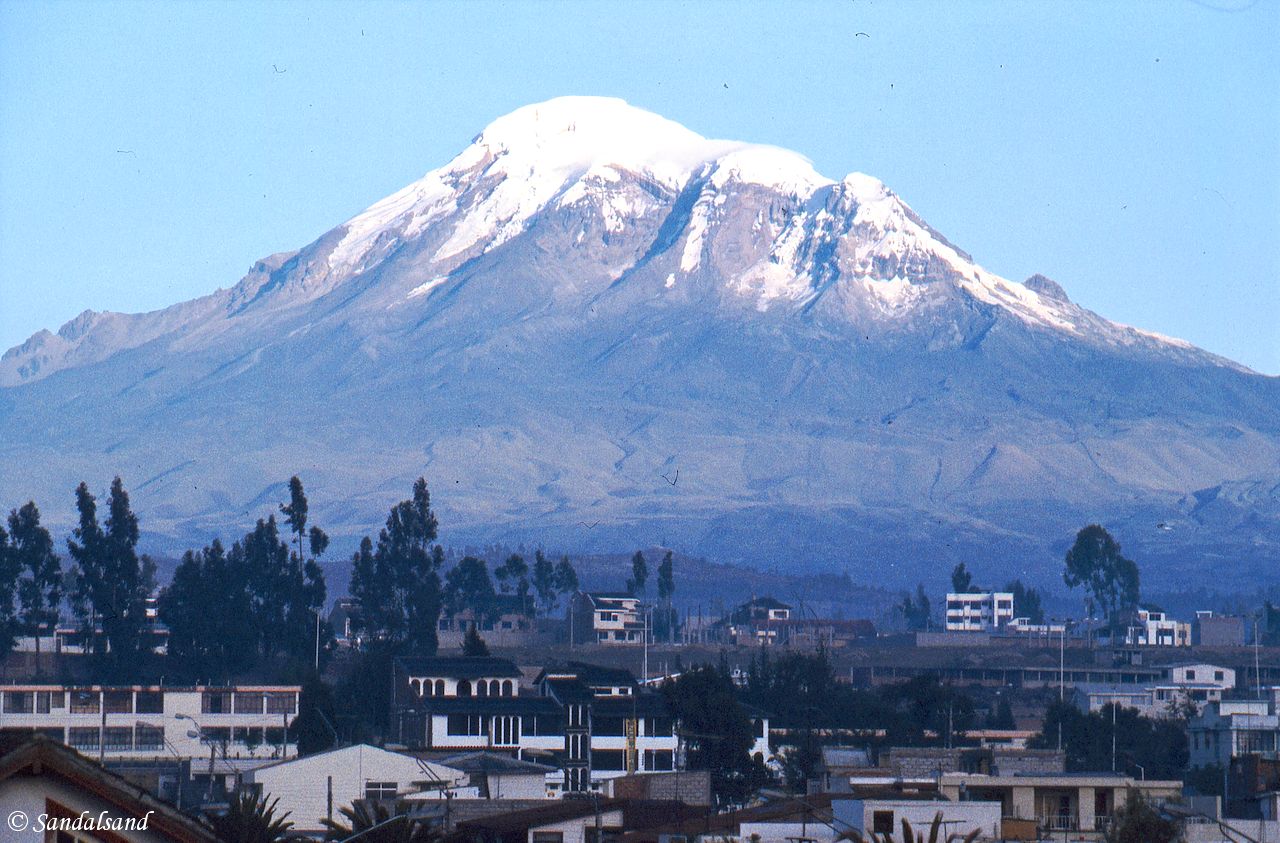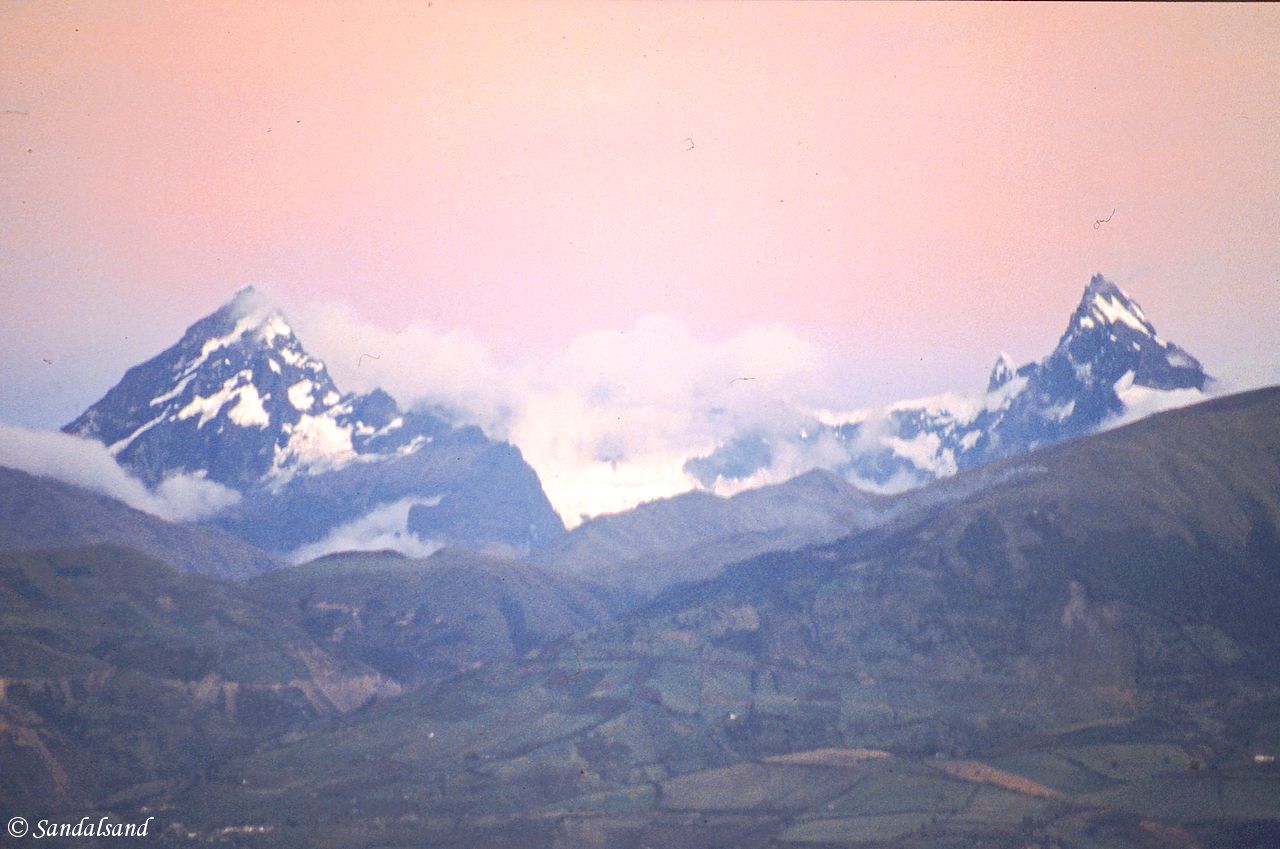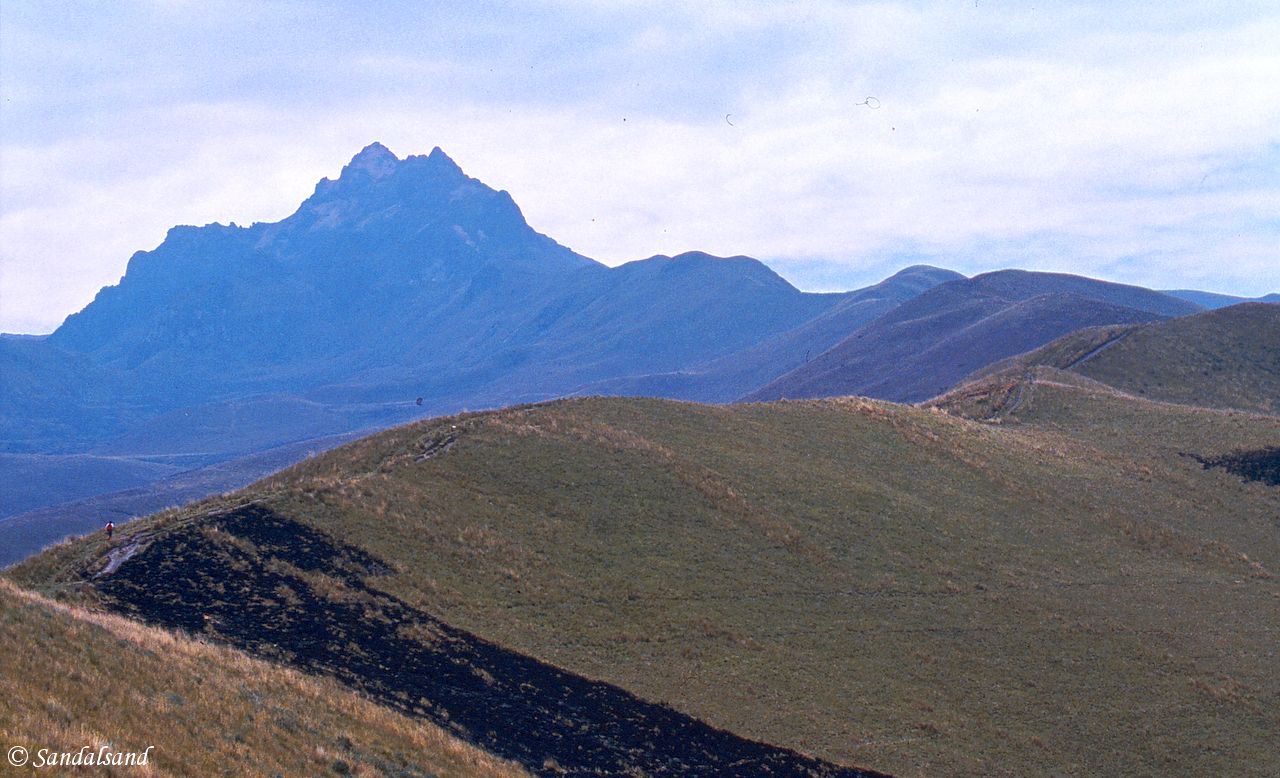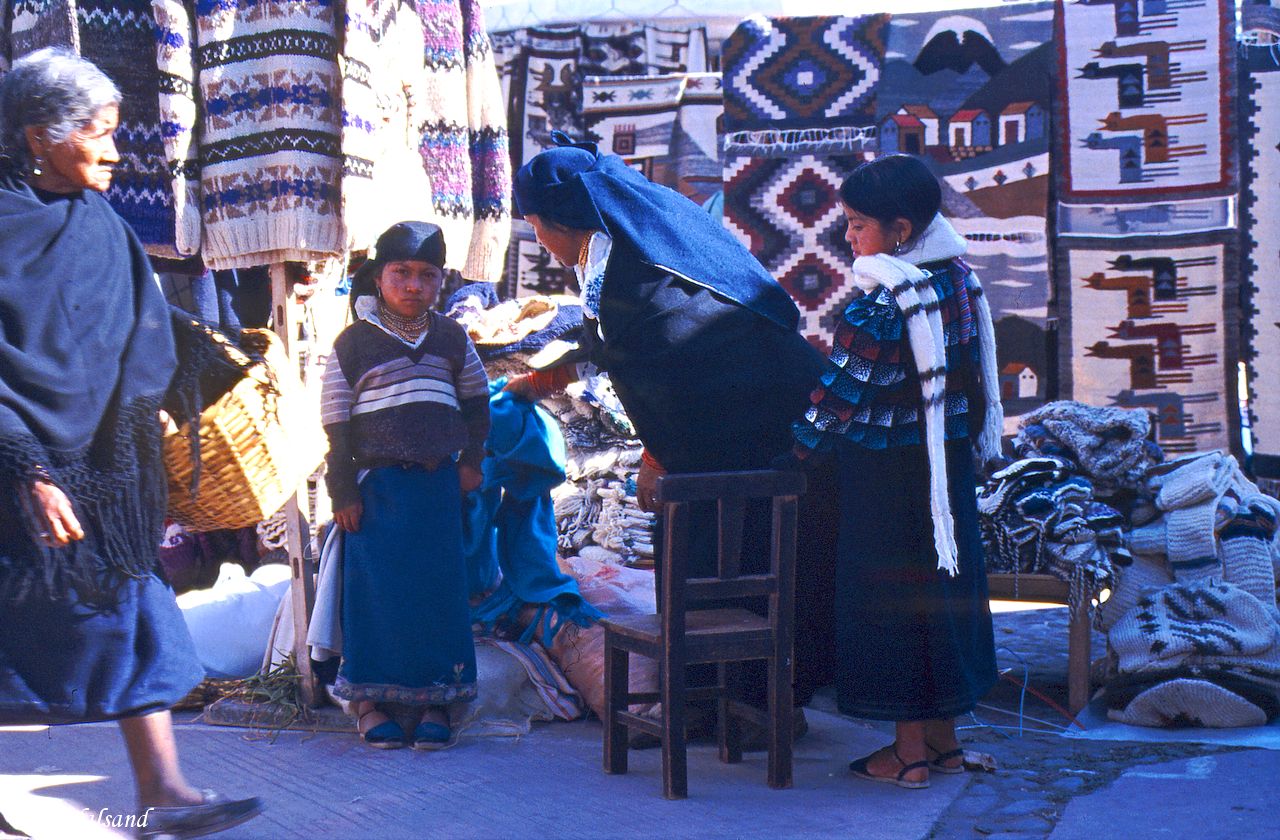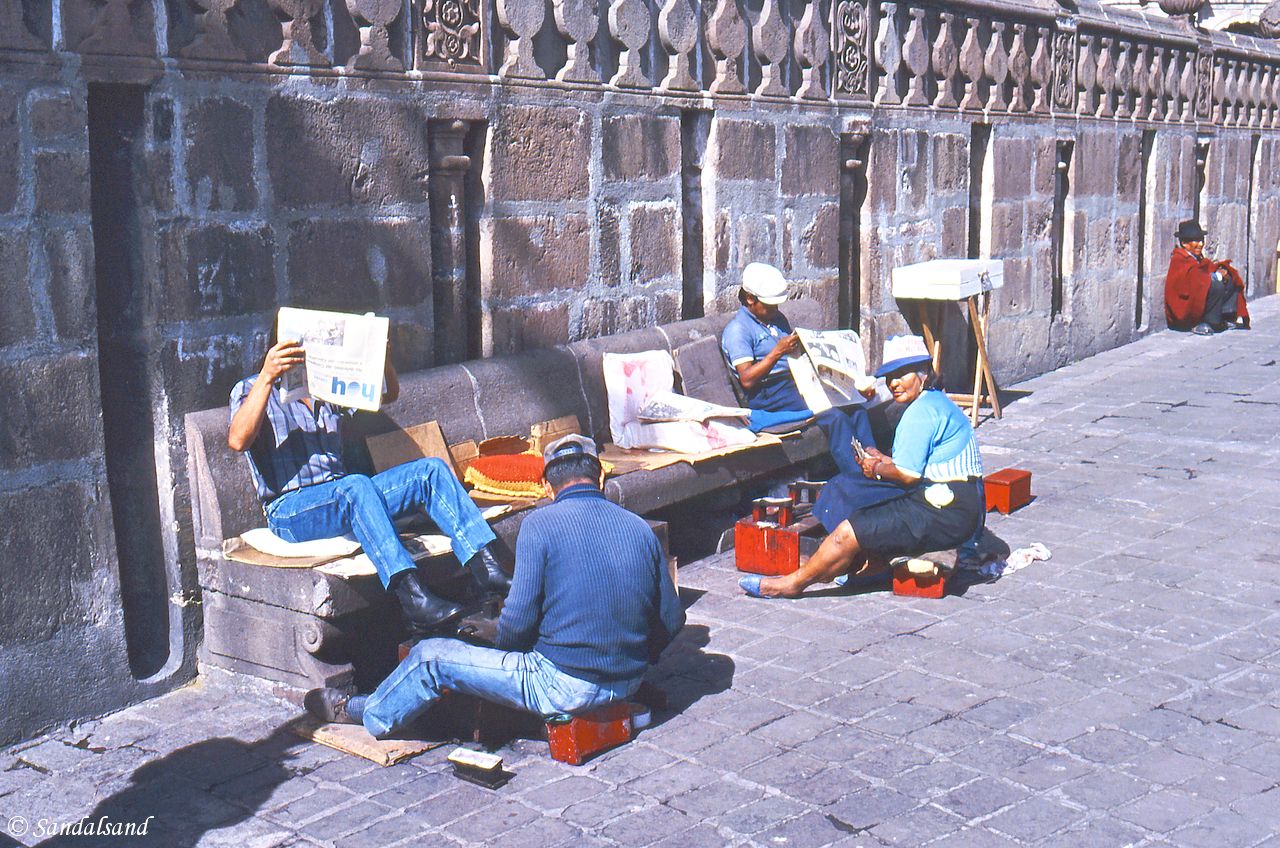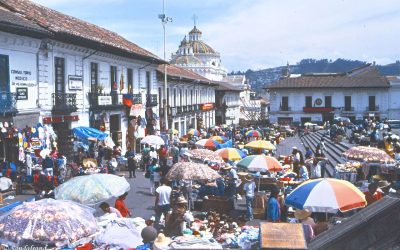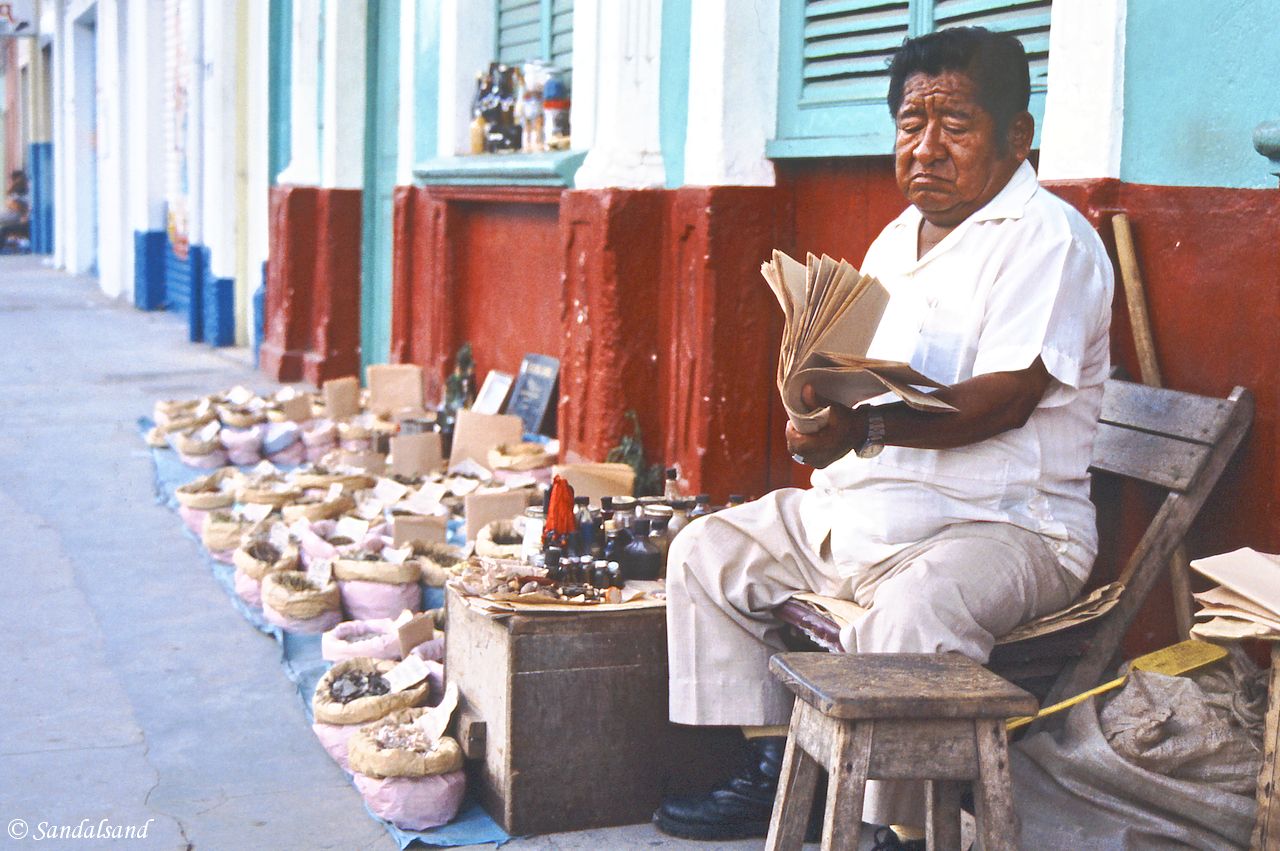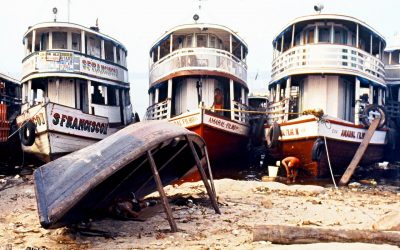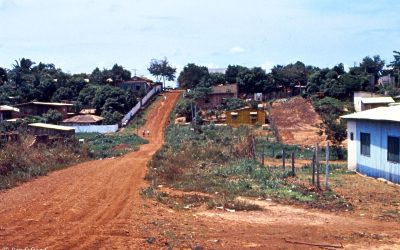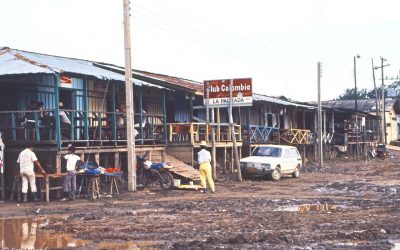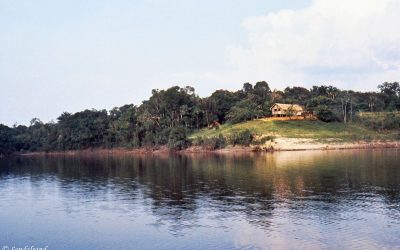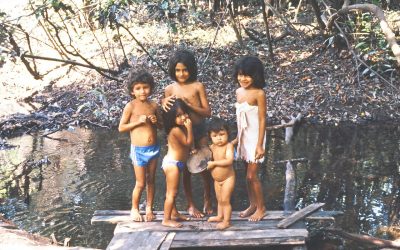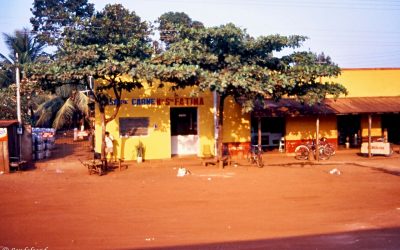Intro
Countries
Photos
Blog
Facts
Overall impressions
I was strolling around the Plaza de Armas in Cuzco, Peru. Then three smiling girls came up with their alpacas and traditional clothing. Of course I had to stop and take their picture.
The girls did not ask for propina, instead they were just nice and laughed when they took up position in front of us. Obviously, we could not resist the temptation to photograph them.
For a traveller, the Inca descendants from the Andes Mountain Range represent the quintessence of this part of the world. They are a poor, yet proud. They are traditional, yet they strive to enhance their material well-being. Unfortunately most South American countries have been ruled by military dictatorships. Throughout the centuries the military has been cooperating closely with the Catholic church.
In combination with immense differences between rich and poor, most countries have had profound difficulties to develop a sound economy. That is an economy able to produce a decent standard of living for all segments of the population. On the other hand, very positive trends have emerged since the end of the 20th century.
All this goes for the rest of Latin America as well. By the way, Sandalsand categorises everything north of the South American (sub-) continent as North America.
South America consists of 12 independent countries and Sandalsand has been to six. If you click the country links above, you will find all entries from each country.
The remaining six are indicated by a yellow colour in the map.
There are also a few territories of a different legal status in this region, for instance the Falkland Islands and South Georgia. They are British overseas territories. French Guiana is a French overseas region and an integral, judicial part of France itself.
It is normal to group Central America and the Caribbean as part of North America, and I follow the same definition.
Photo galleries
Open the box to view Sandalsand’s picture galleries from this region.
Click to show or hide
For the best experience, open a picture gallery in a new tab or window.
Posts from South America
Puno and reed boats on Lake Titicaca
Read about a visit to Puno and the reed boats on Lake Titicaca. The next leg of our journey through South America went to the town of Puno. It is...
Machu Picchu and Christmas in Cuzco
Finally, one of the highlights of this South American journey was coming up. We were going to visit Machu Picchu. In addition we’re going to spend...
World Heritage #0273 – City of Cuzco
The city of Cuzco has a secret mix of Inca remains, Spanish colonial buildings, and the lives of its present-day indigenous population. The UNESCO...
World Heritage #0274 – Machu Picchu
The Historic Sanctuary of Machu Picchu is undoubtedly one of the world's most famous sights, the remains of the hilltop town of the Incas. The...
Cuzco and other Inca towns in southern Peru
Cuzco and other Inca towns was up next. Cuzco was the ancient capital of the once mighty Inca people, and was our first of several Inca towns in...
Lima, and the long journey to get there
This is about Lima, and the long journey to get there. After a month in Ecuador we returned to Peru. We spent two days nearly continuously on buses...
World Heritage #0500 – Lima
The historic centre of Lima, the capital of Peru, has a powerful appearance due to its Spanish colonial legacy. The UNESCO World Heritage List...
Pictures from Ecuador
This is a collection of Sandalsand's pictures from Ecuador. They cover the elevated parts of the country, in the Andes. If you look up all articles...
Impressions from a month in Ecuador
Read about my impressions from a month in Ecuador. 33 days in Ecuador was much more than we expected when we arrived here, not to talk of what we...
Towns and volcanoes south of Quito
After spending more than three weeks in the capital of Ecuador we turned south in the Andes Mountains to visit a string of mountain towns and...
World Heritage #0260 – Sangay National Park
There is much lovely scenery to enjoy in the Andes. The Sangay National Park in Ecuador boasts several volcanoes. The UNESCO World Heritage List...
A language course in Quito
We spent most of the following three weeks on an intensive Spanish language course in Quito, Ecuador, with a few breaks in between. This article is...
Otavalo – The Amerindian market town
This is my story from the world's most famous Amerindian market town, Otavalo, and a very interesting guided trip to the villages around. This...
The first impressions of Quito
We crossed the border from Peru in the south and went straight to Quito. These are our first impressions of Quito: We immediately found Ecuador to...
World Heritage #0002 – City of Quito
Quito the capital of Ecuador is situated high in the Andes mountain range and has some splendid Spanish colonial architecture. The UNESCO World...
Crossing the Andes in northern Peru
The next week we continued across the Andes in northern Peru and prepared to move on up north to Quito, Ecuador. I also wrote a letter home. This...
The Peruvian Amazon and beyond
This is the story of our travels in the Peruvian Amazon region and its difficult connections. We had stayed the night in Leticia, Colombia, the twin...
Pictures from Brazil
This is a collection of Sandalsand's pictures from Brazil. They cover large parts of the country, from the sea and inland. If you look up all...
Impressions from a month in Brazil
Impressions from Brazil: We have now been almost exactly a month in Brazil, thirty days more precisely. That is almost what we had planned or...
A Colombian sidestep
This was a Colombian sidestep. We moved west on the Amazon and made a quick trip into Colombia and a town called Leticia. This article is part of a...
Manaus and the jungle
We arrived at a boat landing on the Amazon and crossed over to Manaus. We then went on a trip into the jungle fishing flesh-eating piranhas. This...
World Heritage #0998 – Amazon
The Amazon is the largest forested area in the world, with an immense diversity in terms of flora and fauna - and a huge flood. The UNESCO...
Into the vast interior of Brazil
The next legs of our journey brought us into the vast interior of Brazil. Key words are deforestation, gold rush and long stretches on bus. This...
Ouro Preto and the gold rush
Ouro Preto was the centre of the 18th century gold rush. We also visited nearby Mariana before continuing our journey to Belo Horizonte. This...
In Latin America, even atheists are Catholics. (Carlos Fuentes)
A fact sheet
This is from Wikipedia’s introduction to this region.
Map and numbers

- Area: 17,840,000 km2
- Population: 420,458,044 (2016)
- Population density: 21.4/km2
- Nominal GDP: $3.94 trillion (2017)
- PPP GDP: $6.57 trillion (2017)
- GDP per capita: $9,330 (2017)
- Demonym: South American
- Countries: 12
- Dependencies: 3
Geography
South America is a continent in the Western Hemisphere, mostly in the Southern Hemisphere, with a relatively small portion in the Northern Hemisphere. It may also be considered a subcontinent of the Americas, which is how it is viewed in the Spanish and Portuguese-speaking regions of the Americas.
It is bordered on the west by the Pacific Ocean and on the north and east by the Atlantic Ocean; North America and the Caribbean Sea lie to the northwest.
South America has an area of 17,840,000 square kilometers (6,890,000 sq mi). Its population as of 2016 has been estimated at more than 420 million. South America ranks fourth in area (after Asia, Africa, and North America) and fifth in population (after Asia, Africa, Europe, and North America).
Brazil is by far the most populous South American country, with more than half of the continent’s population, followed by Colombia, Argentina, Venezuela and Peru. In recent decades Brazil has also concentrated half of the region’s GDP and has become a first regional power.
Source
Wikipedia on a Creative Commons Attribution-ShareAlike License. Date: 2018-06-22


